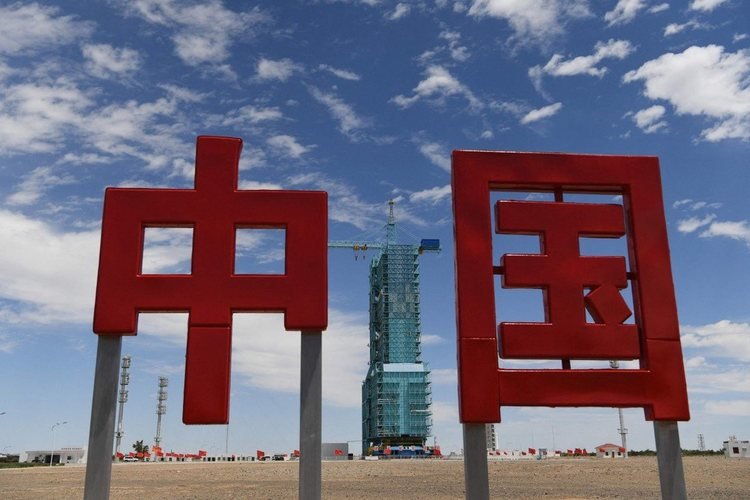It has been learned in recent days that China’s National Natural Science Foundation (NNSF) is moving forward with plans to study the construction of a massive, several mile-wide spacecraft, beginning with a five year project that will examine the mechanics of carrying out such an engineering feat in orbit.
Initially reported in the South China Morning Post, the plans describe an “ultra-large spacecraft spanning kilometres” that China will hope to eventually build as the country’s spacefaring ambitions look ahead toward crewed missions that will spend long periods in orbit.
As part of China’s ongoing strategic aerospace goals, the proposed mega-spacecraft is one of several projects announced by the NNSF that it says will help to promote “the future use of space resources, exploration of the mysteries of the universe, and staying in long-term orbit,” according to an outline the foundation released online.
China’s ambitious space project is set to be overseen by its Ministry of Science and Technology, according to details contained within the outline.


China’s plans aren’t unique, per se, and like past space agencies, their goal is to send components into orbit over the course of several launches that that will facilitate construction of the spacecraft over time.
However, even this long-term assembly plan has its challenges. Each individual launch will require spacecraft carrying construction materials into orbit to minimize its weight in order to facilitate maximum cargo space. While several trips with the purpose of transporting components into orbit have been factored into China’s plans already, the costs associated with multiple launches could still be a limiting factor. In order to realize such ambitious goals, efficiency will be a key priority.
Getting the materials required for construction of the mile-wide spacecraft into orbit won’t be the only hurdle China faces. Once in orbit, additional heightened oversight will be required to manage and control the large amount of material they plan to send into space, which could quickly present challenges throughout the various phases of construction.
Of course, the current study aimed at how China might one day build a “mega spacecraft” follows the country’s successful landing of a rover on Mars earlier this year, which followed its earlier placement of a lunar spacecraft on the far side of the moon. This spring also saw China’s initiation of construction of the Tiangong space station, an orbital spacecraft that, one completed, will be roughly a quarter the size of the International Space Station.
Once Tiangong is constructed, it will help to facilitate future space endeavors China plans to undertake with Russia, in opposition to the United States and other nations with which the latter engages in cooperative space efforts.
China is currently banned from participating in operations aboard the International Space Station, following legislation in 2011 by Congress that identified having Chinese astronauts on board the spacecraft as a potential national security risk.
Follow and connect with author Micah Hanks on Twitter: @MicahHanks
Don’t forget to follow us on Twitter, Facebook, and Instagram, to weigh in and share your thoughts. You can also get all the latest news and exciting feature content from The Debrief on Flipboard, and Pinterest. And subscribe to The Debrief YouTube Channel to check out all of The Debrief’s exciting original shows: DEBRIEFED: Digging Deeper with Cristina Gomez –Rebelliously Curious with Chrissy Newton

